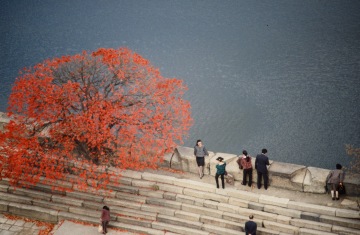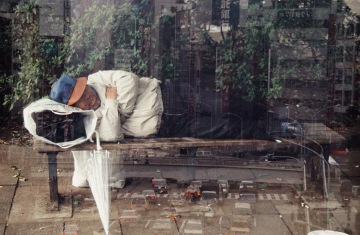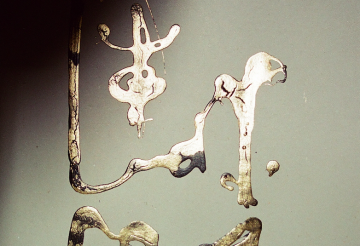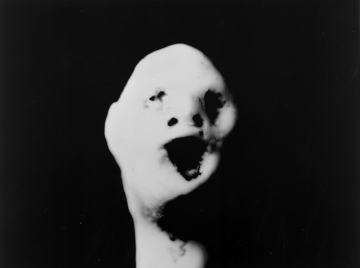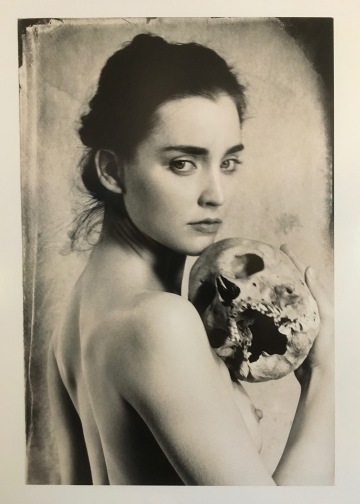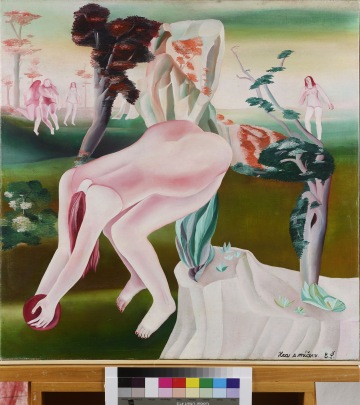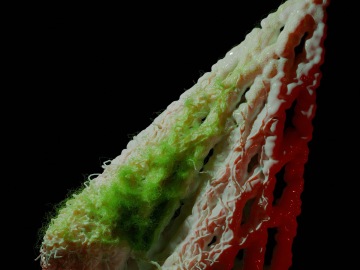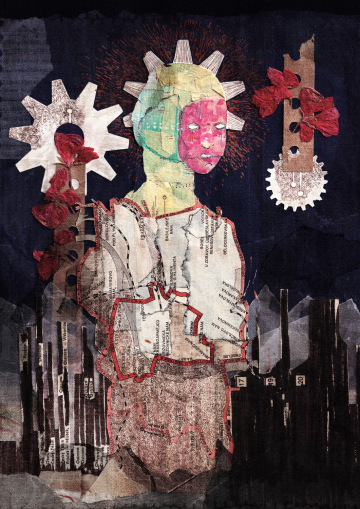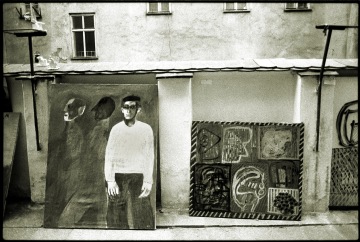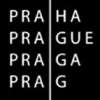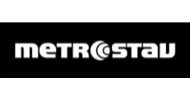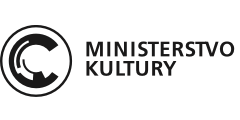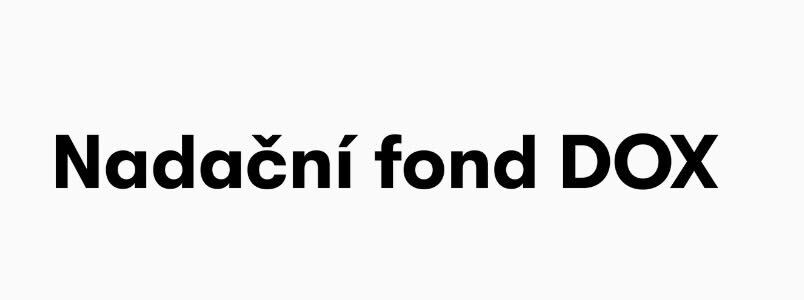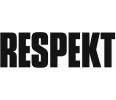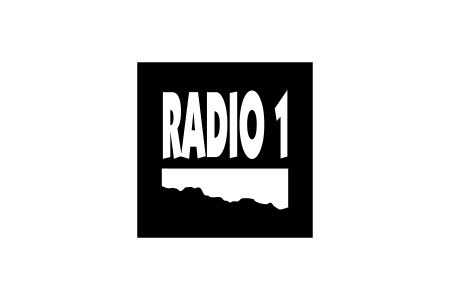We’re open to all, now also you
DOX Centre for Contemporary Art
Poupětova 1, Praha 7
Show on the map
The exhibition opening will take place on March 19, 2026, at 7 p.m. Admission is free.
"What a strange, demented feeling it gives me when I realize I have spent whole days before this inkstone, with nothing better to do, jotting down at random whatever nonsensical thoughts that have entered my head."
– Yoshida Kenkō: Essays in Idleness, English translation by Donald Keene, 1998, Czech translation: Jošida Kenkó: Zápisky z dlouhé chvíle, translated by Petr Geisler, in: Zápisky z volných chvil, Odeon, Praha, 1984, translated by Miroslav Novák and Petr Geisler
Czech Japanologist, translator, journalist, calligrapher, photographer, and educator Petr Geisler (1949–2009) left a unique and original mark on the development of relations between the Czech Republic (formerly Czechoslovakia) and Japan—not only through the bold sweeps and strokes of his paintbrush.
The exhibition at DOX Centre for Contemporary Art, dedicated to Geisler’s lifelong creative output, will be the most comprehensive presentation of his works to date—from his expressive calligraphy, which he created spontaneously during his “idle moments” between work, through multiple-exposure photography from 1980s Japan, to his monumental inscription of the Buddhist Heart Sutra, which once adorned a wall of the Metro Palace arcade on Prague’s Národní Street.
The exhibition’s space offers an immersion into Geisler’s world. He captured his bold calligraphic strokes not only with traditional ink on paper, but also using liquid enamel paints or even bleach on cardboard, foil or rolls of fax thermal paper, referencing the journalist’s/foreign correspondent’s office that he himself occupied until the beginning of the new millennium. For Geisler, calligraphy was not merely a visual and artistic expression, but an integral part of everyday life—a ritual, a way to unwind, a mode of thought, a form of poetry, and a source of joy for himself and his friends. He always had his paintbrushes and his inkstone on his desk. As a self-taught artist, he developed a distinctive style that defie convention and became legendary in many respects. His style, often reminiscent of Zen masters’ calligraphy, is far removed from amateurism or the pursuit of “beautiful writing”. For more than three decades, Geisler worked as a foreign correspondent for one of Japan’s leading daily newspapers, the Yomiuri Shimbun. The exhibition also emphasises this aspect of his life—featuring the originals of Geisler’s newspaper articles, written in brilliant Japanese (often published without any corrections by the Japanese editors), his working environment, and testimonies given by his colleagues, friends, and students—all of which gives us an insight into his life between two worlds: Japanese script and Czech reality, text and image, the exactitude of journalism and the freedom of artistic gesture. The exhibition also features authentic objects from Geisler’s private archive—calligraphic writing utensils, personal seals bearing the phonetic transcription of his surname into Japanese characters 我意須羅 (GA-I-SU-RA), artifacts from his legendary office where many Japanologists attended classes in the 1990s, as well as slides from Japan, film recordings of happenings by Japanologists dating from their student years, and a unique installation and reenactment of the Heart Sutra happening, in which visitors find themselves inside the text of one of the most famous Buddhist sutras.
A homage to Petr Geisler and his work, GA-I-SU-RA also pays tribute to calligraphy as a form of inner expression, reminding us that writing and beautiful script have always been a natural reflection of (not only) a pure soul.
Curator: Petr Holý

